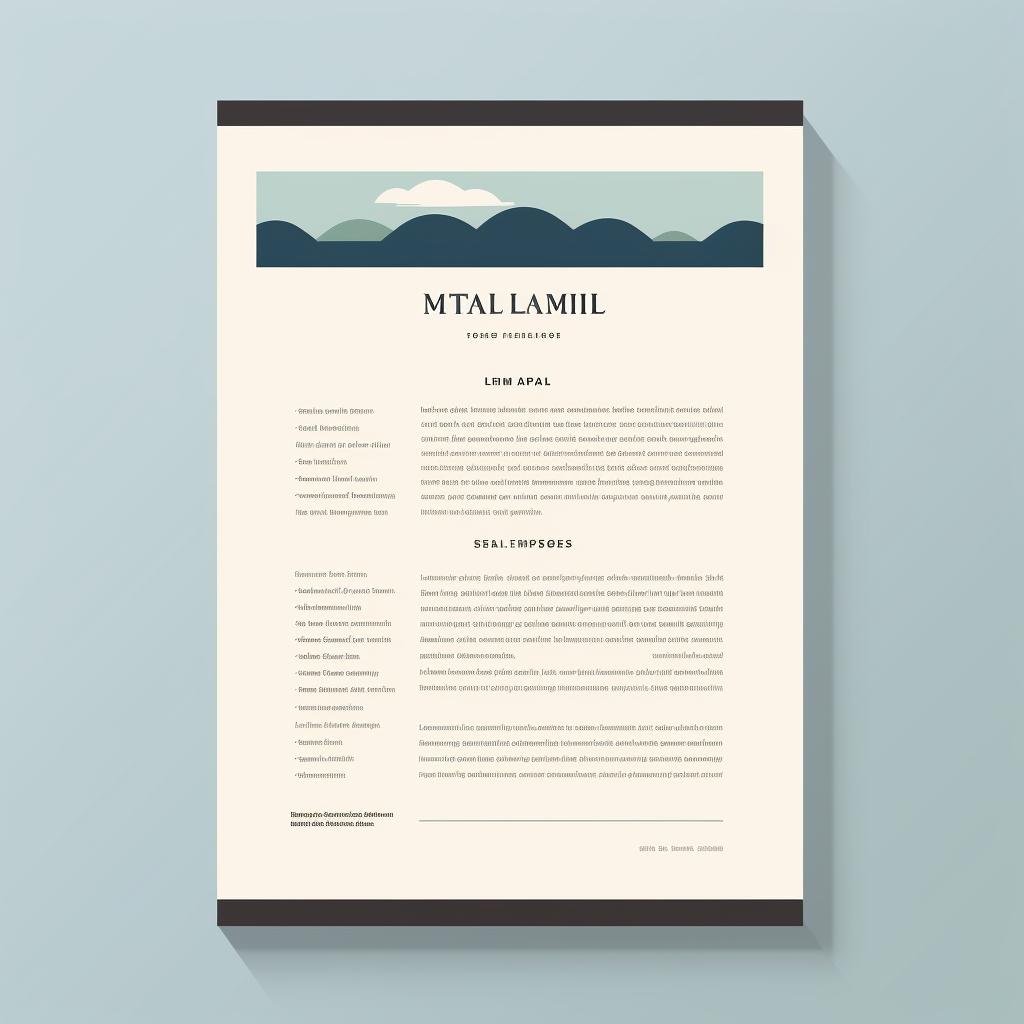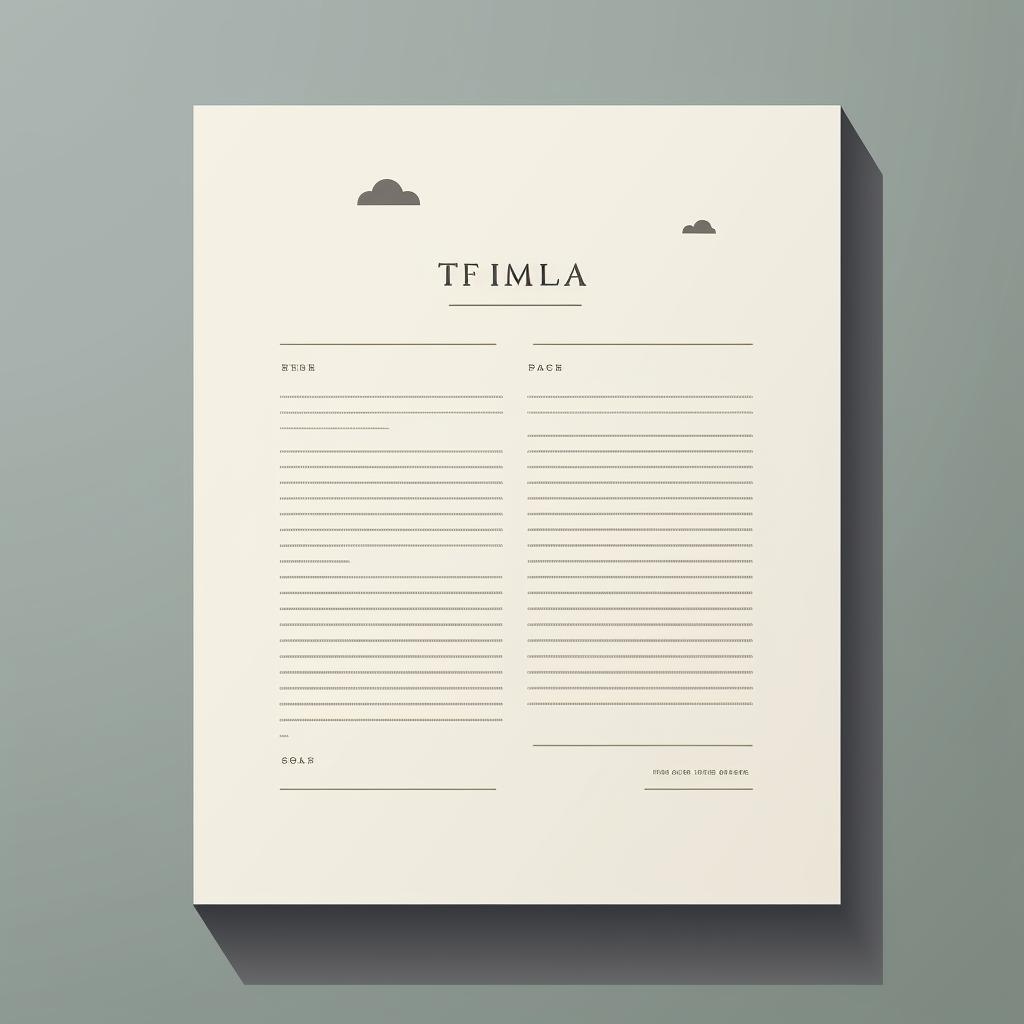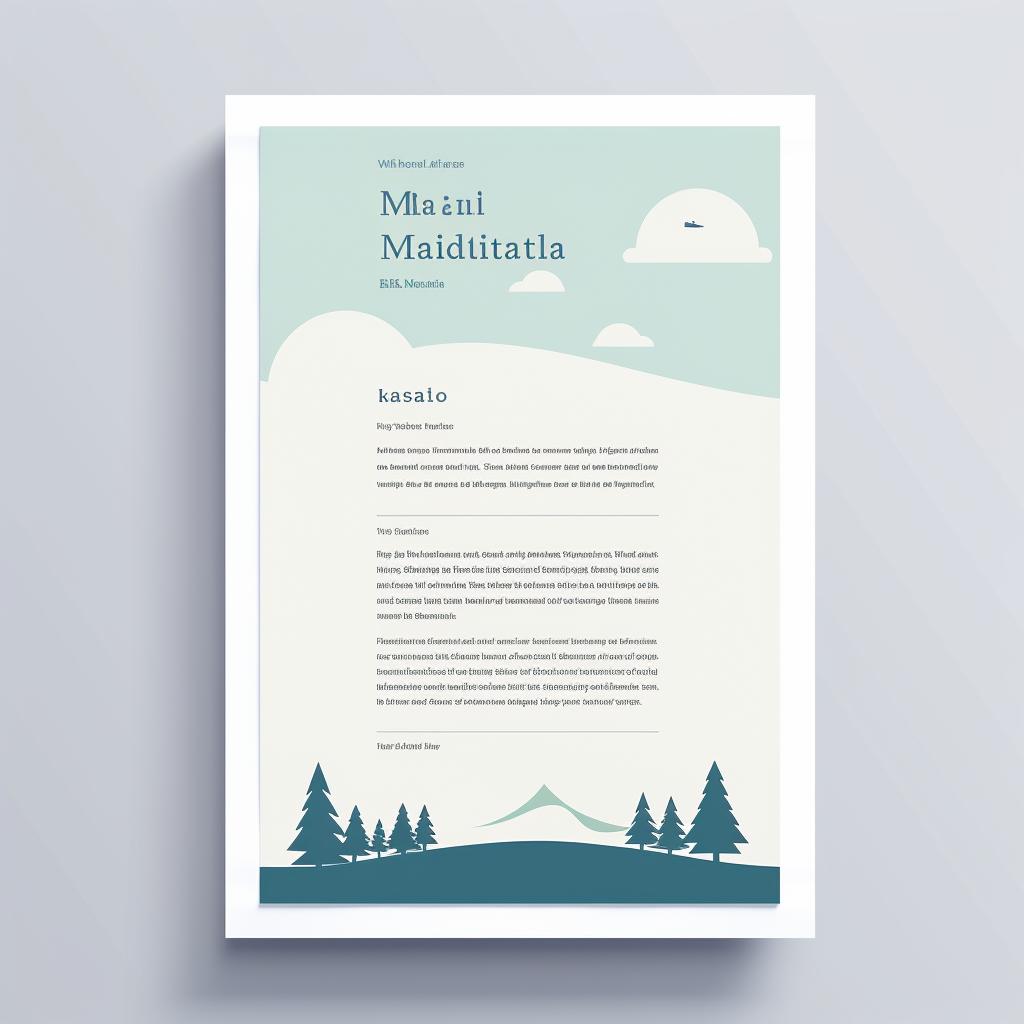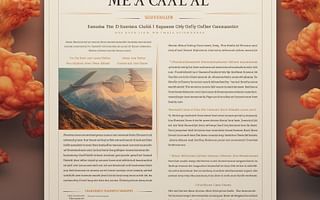📚 Your Easy Guide to MLA Style Research Papers 🖊️
Mastering the MLA format for your research papers can seem daunting at first, but with our easy-to-follow guide, you'll have it down in no time. This guide is designed to break down the process into manageable steps, making it easier for you to understand and apply the rules of MLA style to your own work.
Step 1: Creating the Heading and Title is crucial in setting the tone for your paper. This is where you introduce your topic and provide essential information such as your name, your instructor's name, the course, and the date. If you're unsure about how to format this, check out our FAQ on MLA style headings for a literature essay.
Next, Step 2: Formatting the Body of your paper is all about consistency. It's important to maintain a double-spaced format and indent the first line of each paragraph. If you're writing a college research paper, our FAQ on writing a college research paper using MLA format can provide additional guidance.
Finally, Step 3: Crafting the Works Cited Page is where you give credit to the sources you've used in your paper. This page should be formatted according to MLA style, with each entry starting on a new line and subsequent lines indented. For more information on how to draft a bibliography in MLA format, our FAQ on drafting a bibliography in MLA format can be a useful resource.
MLA style can be complex, but with our step-by-step guide, you'll be able to navigate it with ease. Whether you're writing an essay for a literature class or a research paper for a science course, understanding and applying the rules of MLA style will help your work stand out. For a more in-depth look at MLA formatting, check out our practical guide with MLA format essay examples.
Remember, the key to mastering MLA style is practice. With time and patience, you'll be able to format your papers in MLA style with confidence and ease. Happy writing!













